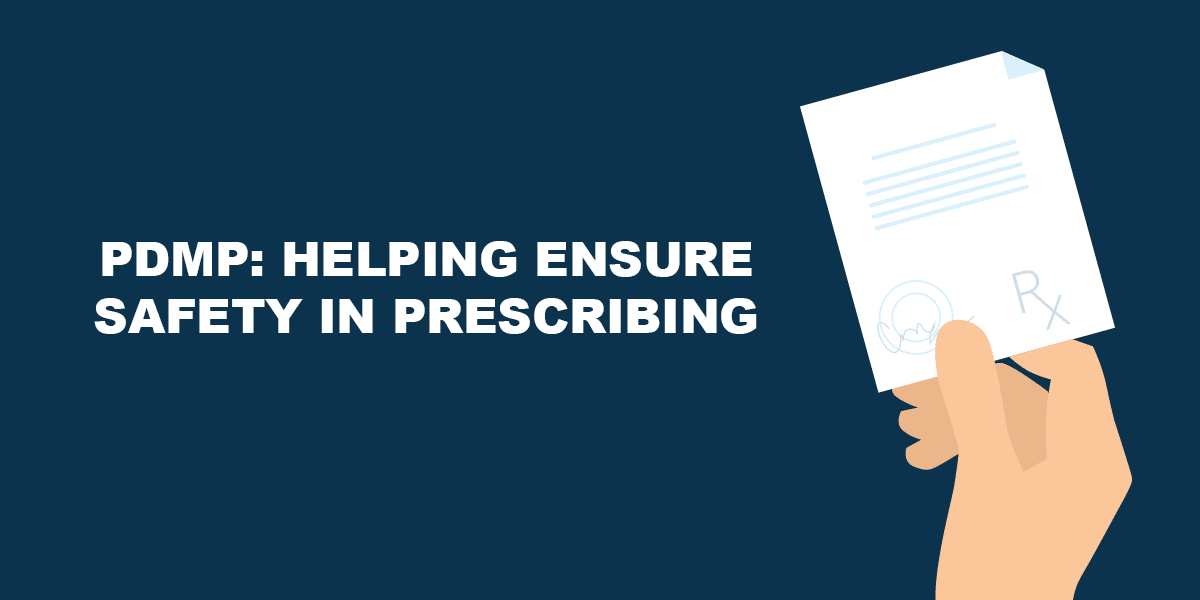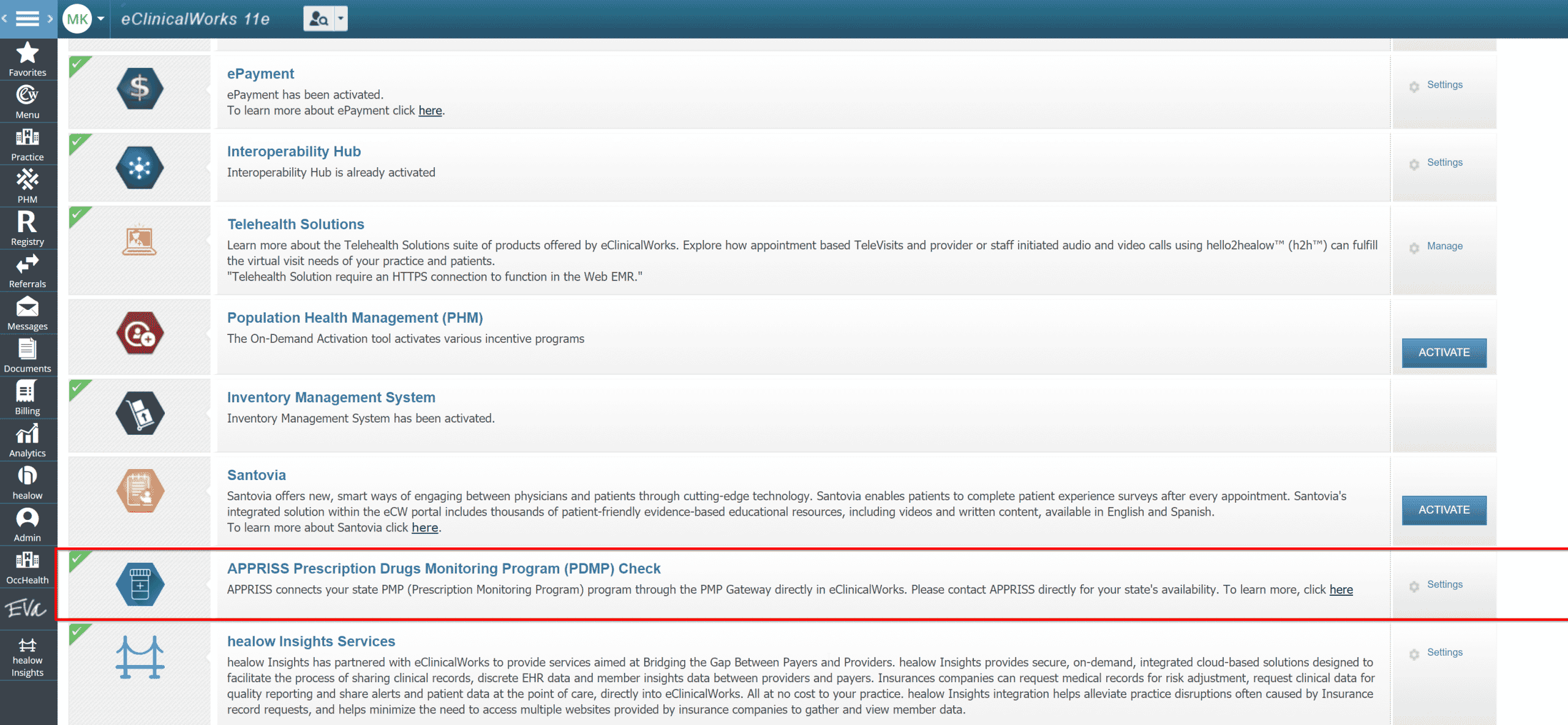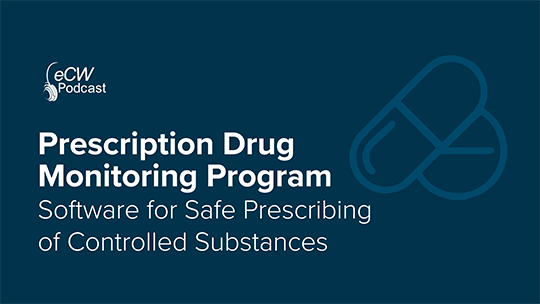PDMP: Helping Ensure Safety in Prescribing
- 16 November 2021
- Blog
eClinicalWorks

Providers seek to better control controlled substances
Synthetic opioids were developed with the best of intentions — to harness the well-known sedative and pain-relieving qualities of opium without the harmful side effects. And, for the better part of a century, they have largely done that, as long as physicians prescribed them appropriately and patients carefully followed their doctors’ orders.
When overprescribed or misused, however, opioids and other powerful controlled substances can fuel cycles of dependence and addiction, sometimes with lethal consequences.
To help end the opioid epidemic, government and industry have worked to develop Prescription Drug Monitoring Programs (PDMPs), giving providers better tools to detect and deter drug-seeking and ensure that patients’ pain is controlled with appropriate medications and doses.
How eClinicalWorks is helping
As Deb Wade explains in this episode of the eClinicalWorks® Podcast, the PDMP functionality within eClinicalWorks allows providers to check a report before a patient encounter that shows all the medications a patient is taking.
Wade added that providers also have access to scores, delivered into the Progress Note, that measure each patient’s use of controlled substances.
“They can then safely decide whether or not that patient needs a narcotic,” she said. “That feature allows the provider to potentially avoid awkward conversations with their patients if, say, they might have a drug-seeker on their hands, or maybe a patient with just a lot of controlled substances that maybe weren’t provided by the external prescription history, because that’s not fully inclusive.”
A hopeful turn in national trends
While the causes of the opioid crisis are many and solutions debated, there is a consensus that it is in the interest of public health to reduce the number of opioid prescriptions. At the same time, when an opioid is the right choice, physicians need tools to ensure they are prescribing only the dose that will be effective and continuing the prescription only as long as is necessary to achieve their clinical goal.
Such efforts are beginning to pay off.
According to the Centers for Disease Control, opioid prescriptions peaked in 2010 and have been declining slowlysince then, reaching a 15-year low in 2020, the latest year for which complete data are available.
Prescription Drug Monitoring Programs (PDMPs) of one kind or another are in place in every state except Missouri. In addition, some states have imposed limits on the frequency and strength of opioid prescriptions while expanding access to treatment programs.
Options for eClinicalWorks providers
A customer integrating with PDMP can choose either Appriss® Health*, available in every state except New York and Missouri, or LogiCoy* if the practice is located in Maryland, Kentucky, Nebraska, Utah, California, Illinois, or Washington State.

eClinicalWorks practices enjoy reporting and log options that show complete patient information. As an additional safeguard against drug-seeking, they can request data from several states when, for example, they are concerned that patients might be crossing state lines to visit other pharmacies.
“You can reach out directly to Appriss,” Wade said, “name your home state, and then the list of other states that you’d like to see. Once the integrations are approved by those states, as you do checks for your patients, you’ll see those states starting to show up in those results. That’s essential to be able to do this right.”
*Listed states are subject to change.









